Cambodia Post-Angkor Period AD 1431-1863 🇰🇭
โพสท์โดยCambodia Post-Angkor Period AD 1431-1863 ![]()
The post-Angkor period of Cambodia (Khmer: ប្រទេសកម្ពុជាក្រោយសម័យអង្គរ), also called the Middle Period and Dark Age, refers to the historical era from the early 15th century to 1863, the beginning of the French Protectorate of Cambodia.
As reliable sources (for the 15th and 16th centuries, in particular) are very rare, a defensible and conclusive explanation that relates to concrete events that manifest the decline of the Khmer Empire, recognized unanimously by the scientific community, has so far not been produced. However, most modern historians have approached a consensus in which several distinct and gradual changes of religious, dynastic, administrative, and military nature, environmental problems, and ecological imbalance coincided with shifts of power in Indochina and must all be taken into account to make an interpretation. In recent years scholars' focus has shifted increasingly towards human–environmental interactions and the ecological consequences, including natural disasters, such as flooding and droughts.
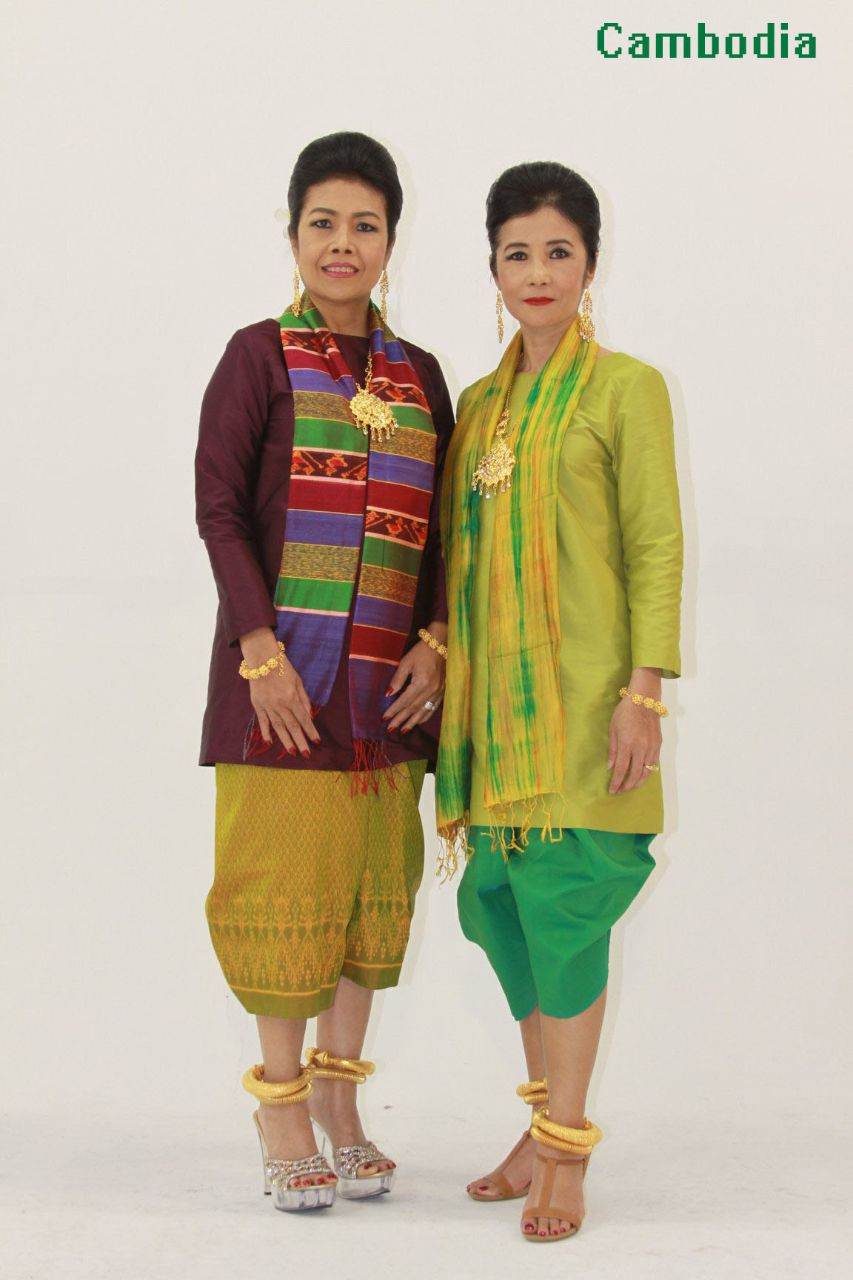
Stone epigraphy in temples, which had been the primary source for Khmer history, is already a rarity throughout the 13th century, ends in the third decade of the fourteenth, and does not resume until the mid-16th century. Recording of the Royal Chronology discontinues King Jayavarman IX Parameshwara (or Jayavarma-Paramesvara), who reigned from 1327 to 1336. There exists not a single contemporary record of even a king’s name for over 200 years. Construction and maintenance of monumental temple architecture had come to a standstill after Jayavarman VII's reign. According to author Michael Vickery there only exist external sources for Cambodia’s 15th century, the Chinese Ming Shilu (Engl. veritable records) annals and the earliest Royal Chronicle of Ayutthaya, which must be interpreted with the greatest caution.
Wang Shi-zhen (王世貞), a Chinese scholar of the 16th century, is noted as having remarked: "The official historians are unrestrained and are skillful at concealing the truth, but the memorials and statutes they record and the documents they copy cannot be discarded."
The single incident which undoubtedly reflects reality, the central reference point for the entire 15th century, is a Siamese intervention of some undisclosed nature at the capital Yasodharapura (Angkor Thom) around the year 1431. Historians relate the event to the shift of Cambodia's political center southward to the river port region of Phnom Penh and later Longvek.
Sources for the 16th century are more numerous, although still coming from outside of Cambodia. The kingdom is centered on the Mekong, prospering as an integral part of the Asian maritime trade network, via which the first contact with European explorers and adventurers does occur. Wars with the Siamese resulted in the loss of territory in the West and eventually the conquest of the capital Longvek in 1594. The Vietnamese on their "Southward March" reached Prei Nokor/Saigon at the Mekong Delta in the 17th century. This event initiates the slow process of Cambodia losing access to the seas and independent marine trade.
Siamese and Vietnamese dominance intensified during the 17th and 18th centuries, provoking frequent displacements of the seat of power as the Khmer monarch's authority decreased to the state of a vassal. Both powers alternately demanded subservience and tribute from the Cambodian court. In the early 19th century with dynasties in Vietnam and Siam firmly established, Cambodia was placed under joint suzerainty, having lost its national sovereignty.
British agent John Crawfurd states: "...the King of that ancient Kingdom is ready to throw himself under the protection of any European nation..." To save Cambodia from being incorporated into Vietnam and Siam, King Ang Duong agreed to colonial France's offers of protection, which took effect with King Norodom Prohmbarirak signing and officially recognizing the French protectorate on 11 August 1863.
🔸



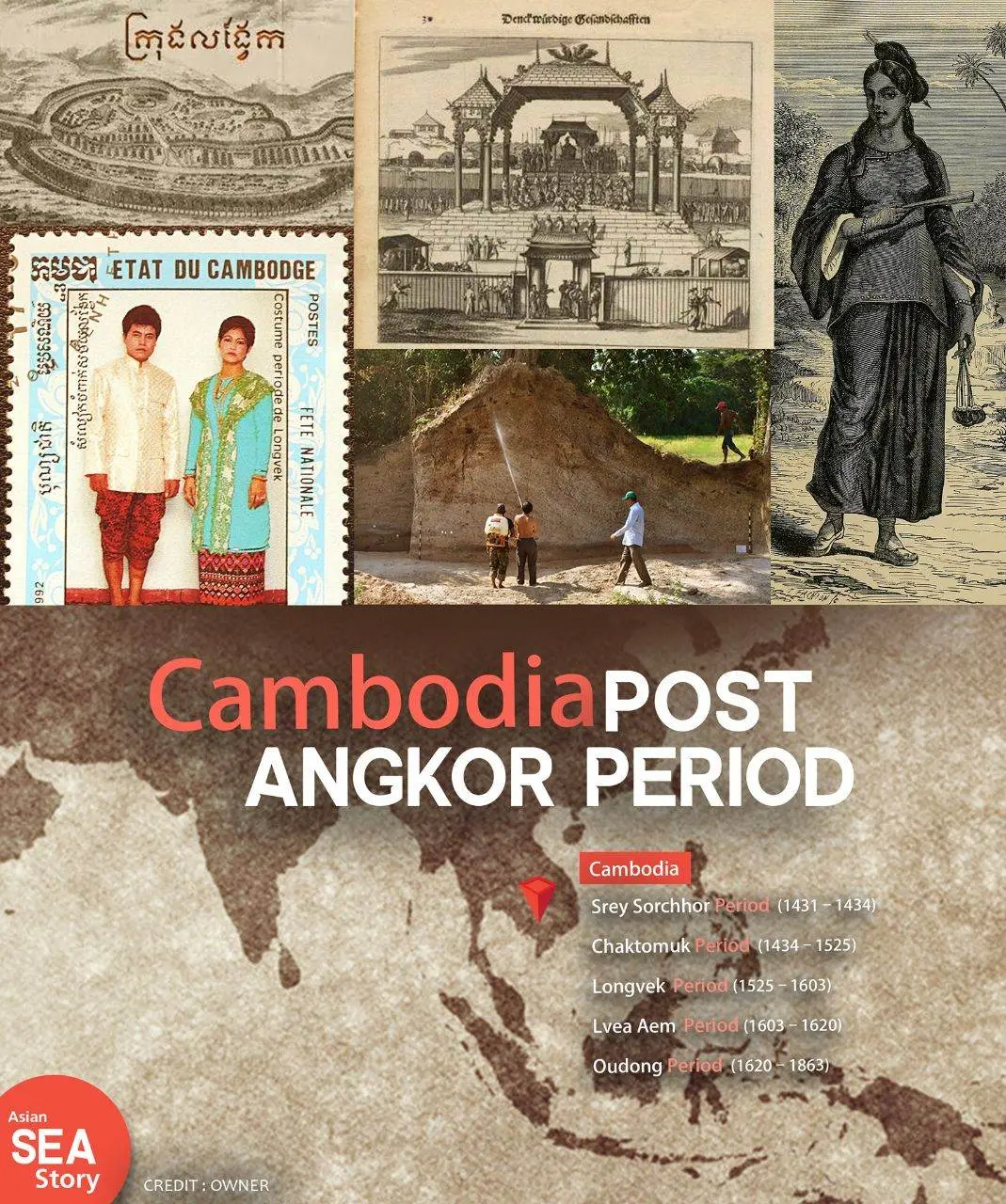
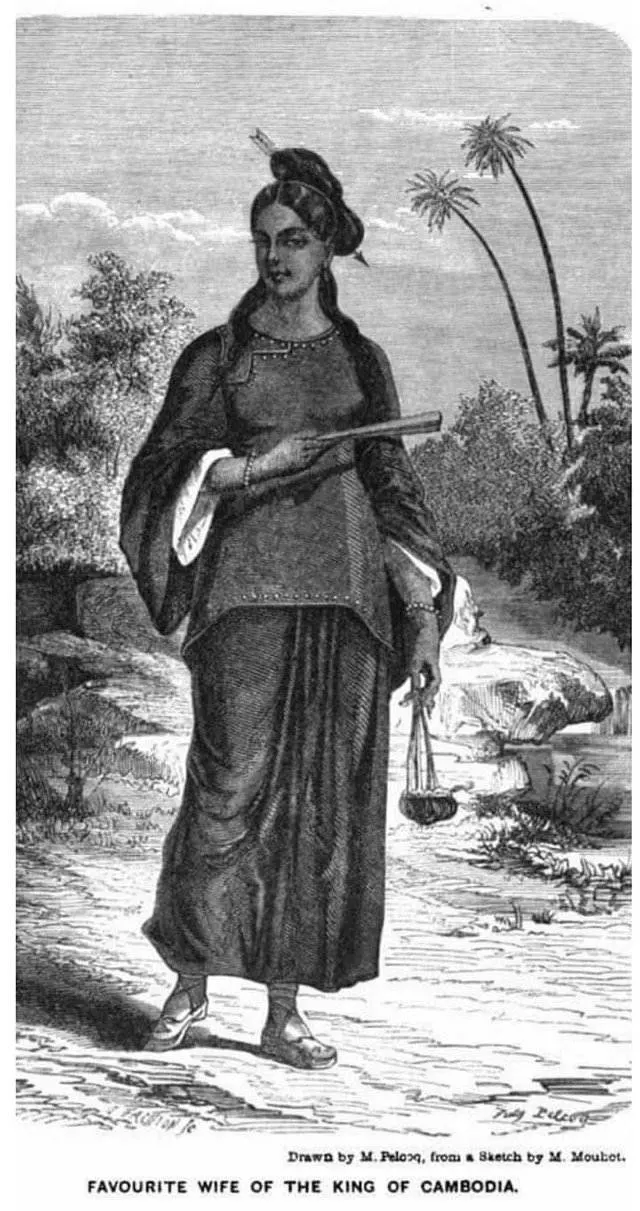
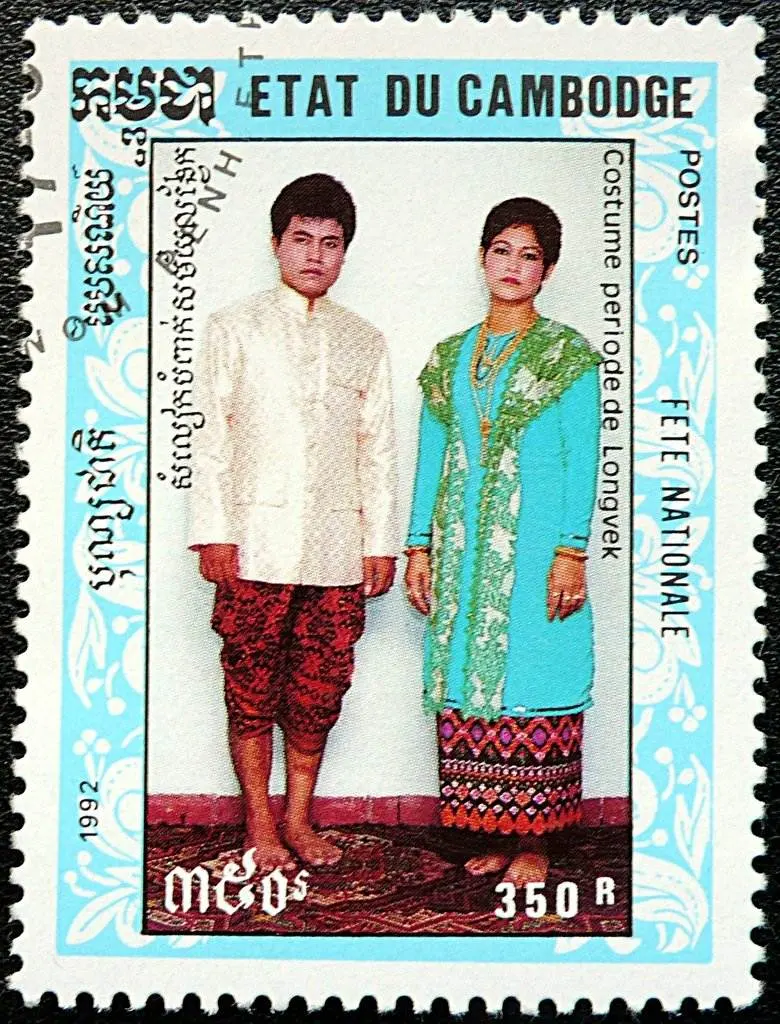
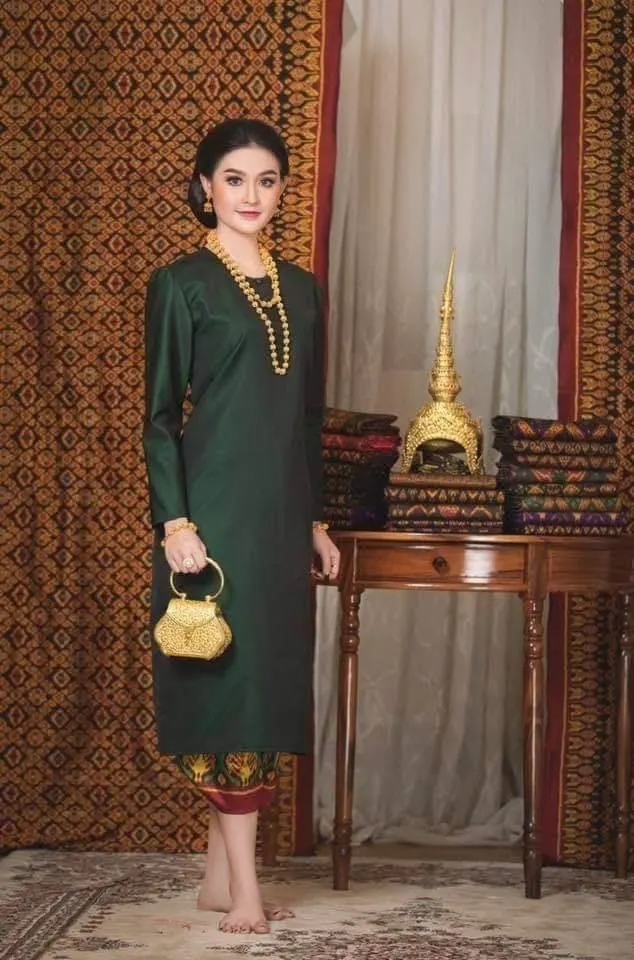
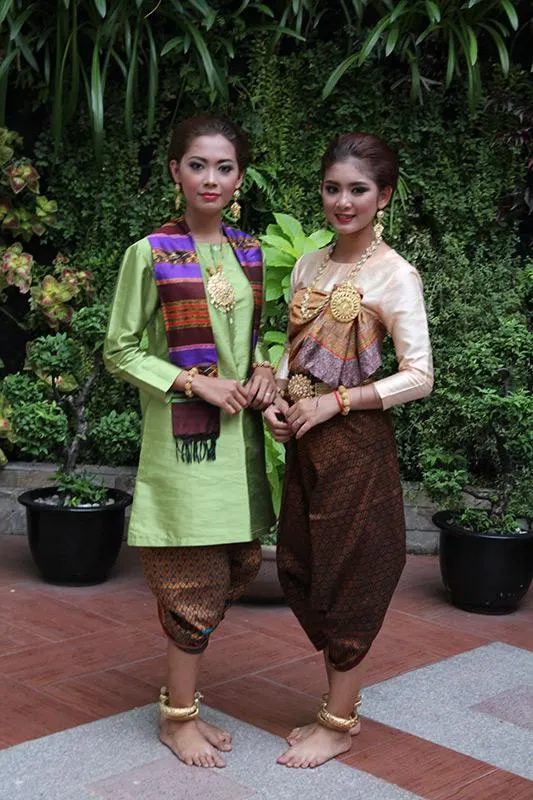
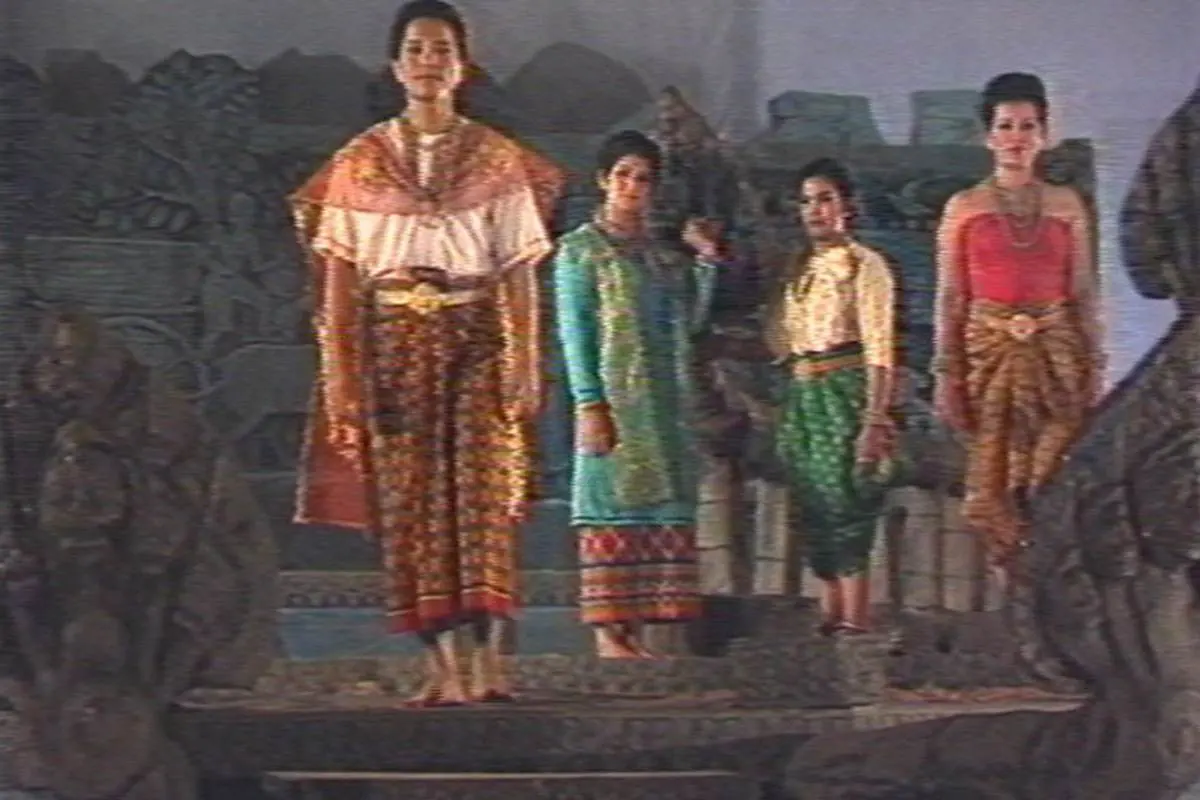
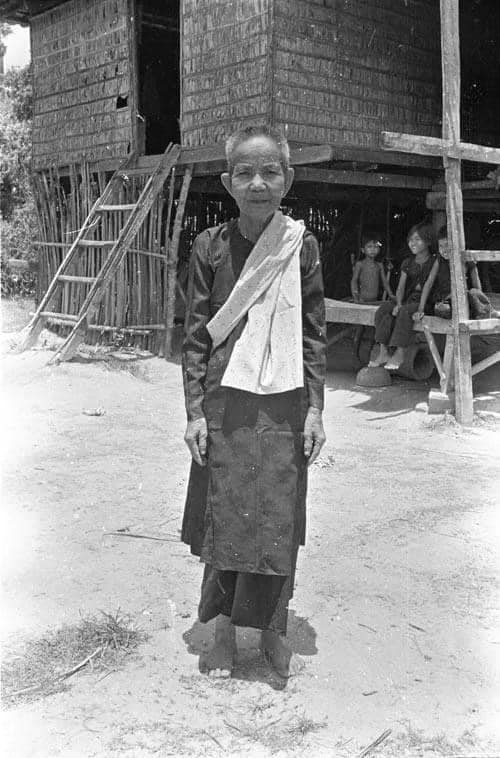
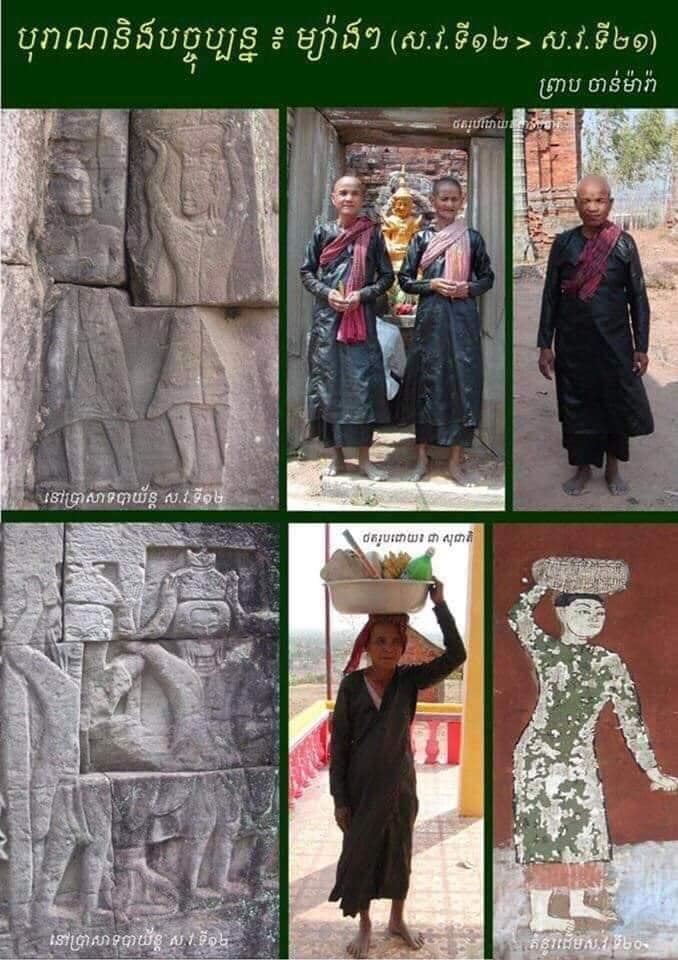
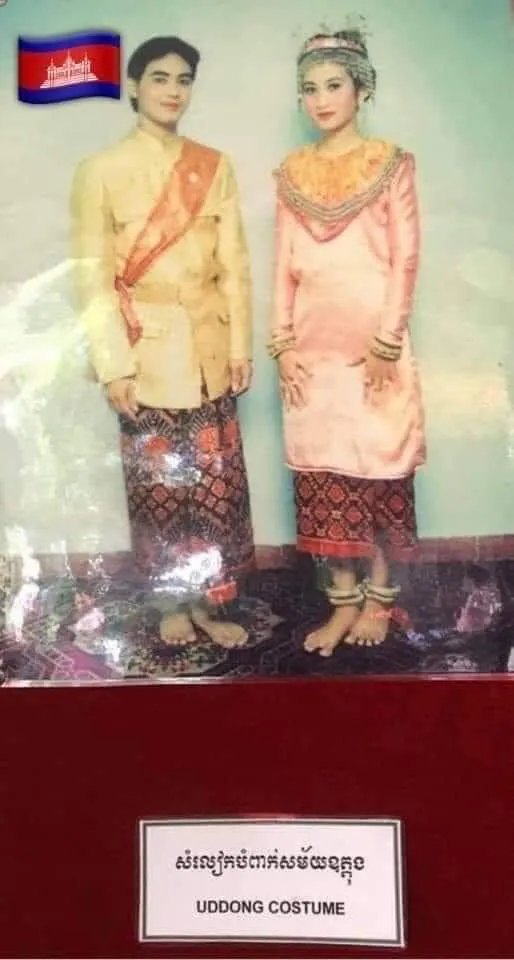
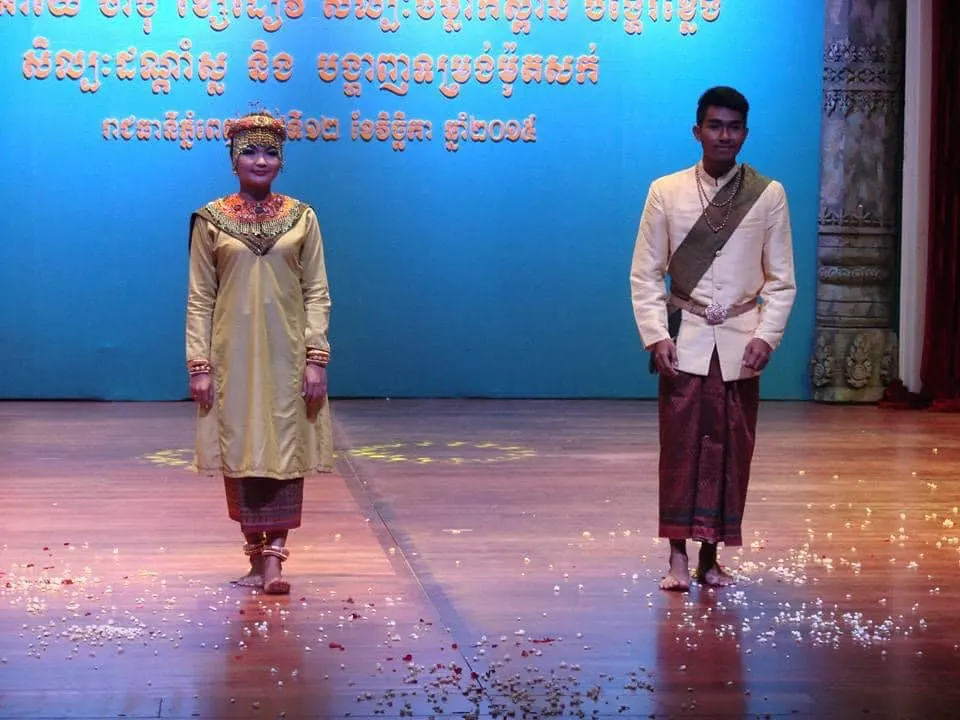
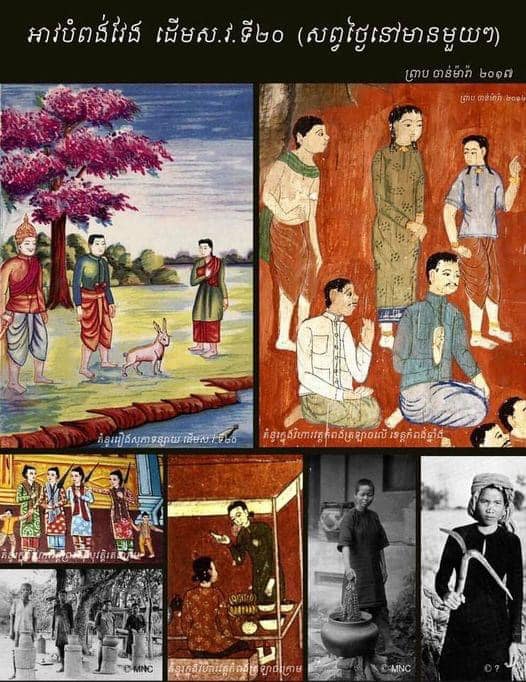
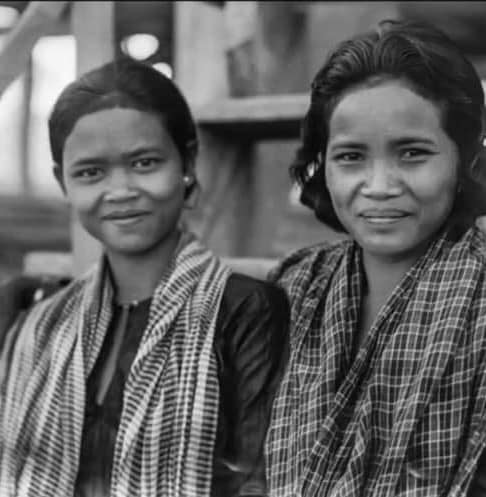
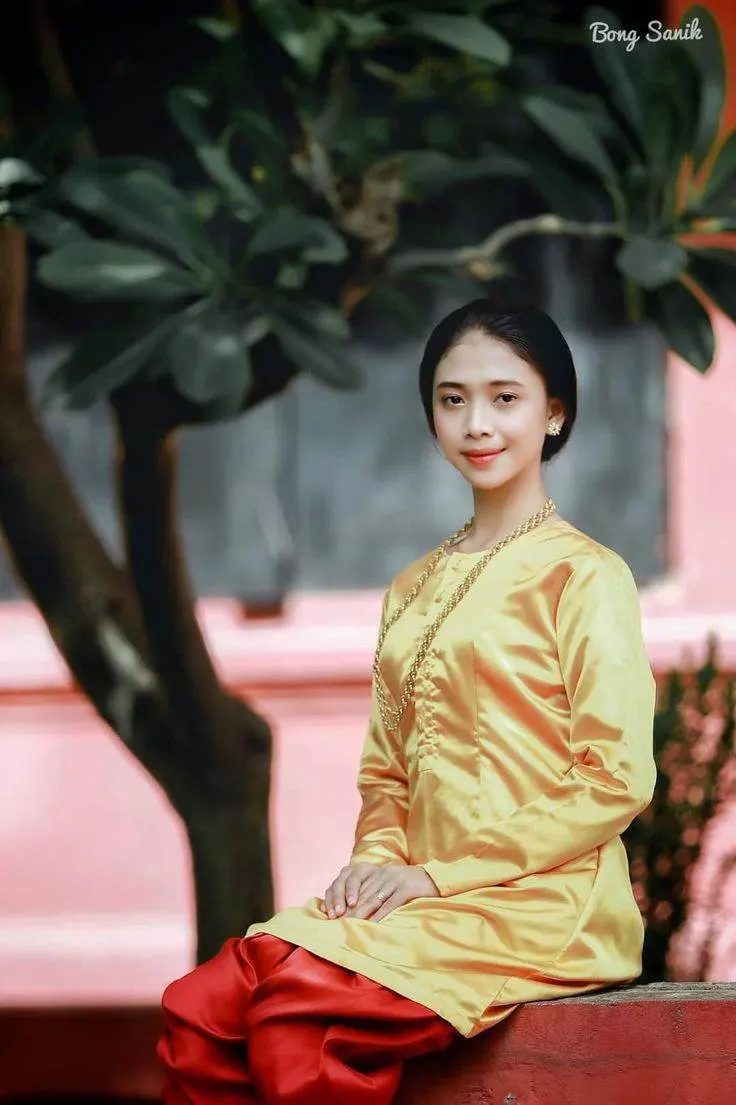
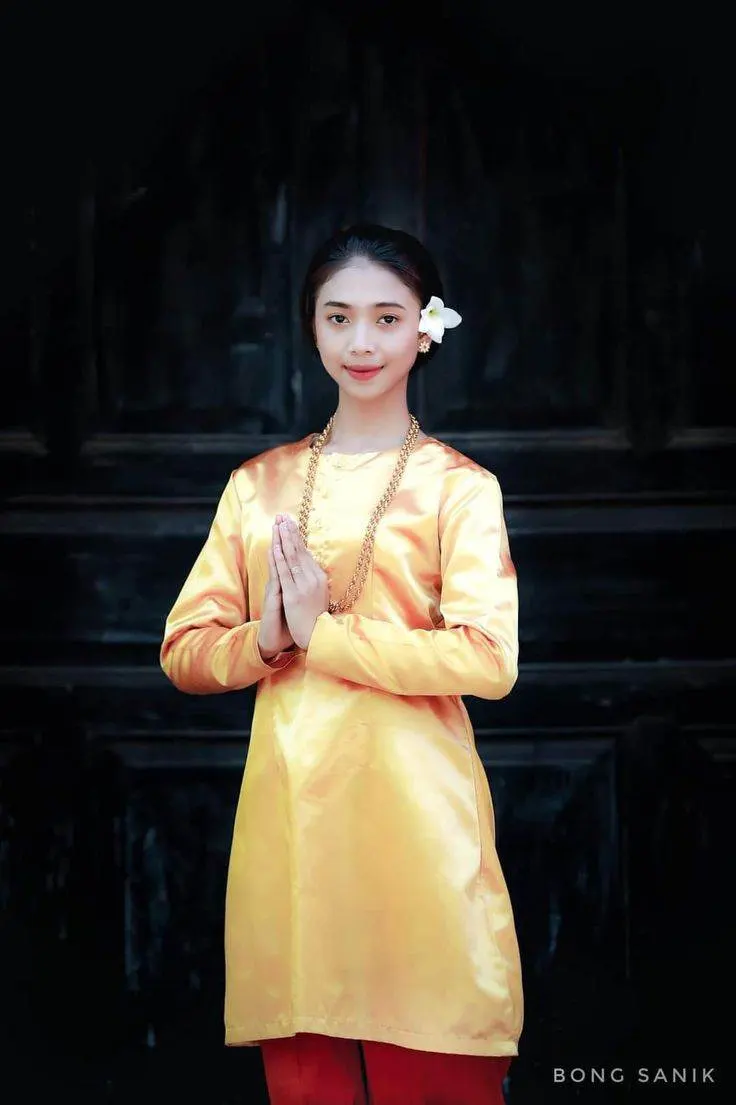
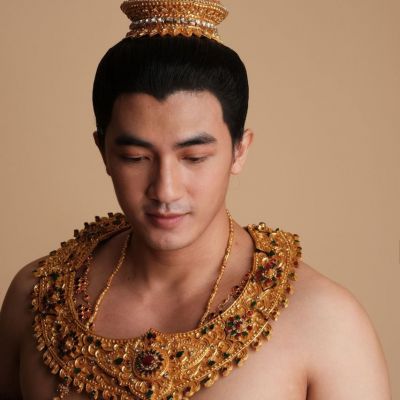 THAILAND 🇹🇭 | The royal costume of the Ayutthaya kingdom, การแต่งกายสมัยอยุธยา
THAILAND 🇹🇭 | The royal costume of the Ayutthaya kingdom, การแต่งกายสมัยอยุธยา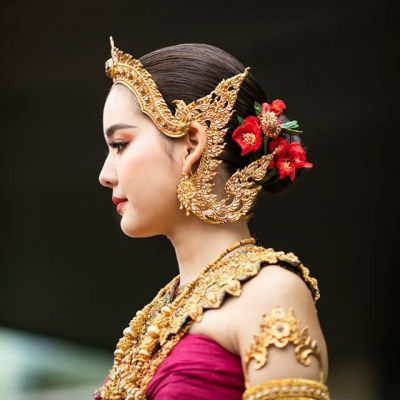 นางสงกรานต์ทุงษะเทวี ๒๕๖๒ “โบว์ เมลดา สุศรี” #thailand
นางสงกรานต์ทุงษะเทวี ๒๕๖๒ “โบว์ เมลดา สุศรี” #thailand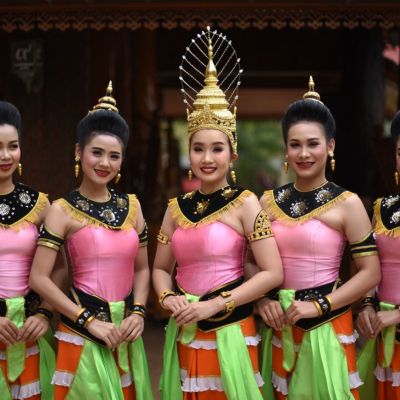 THAILAND 🇹🇭 | ระบำโบราณคดีสุโขทัย
THAILAND 🇹🇭 | ระบำโบราณคดีสุโขทัย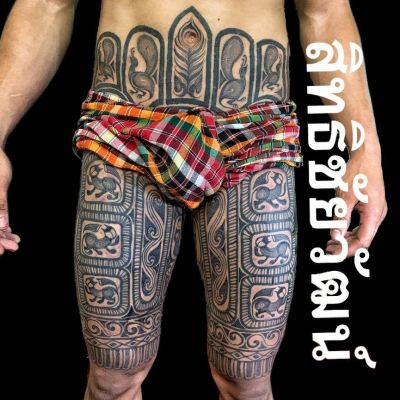 🇹🇭 THAILAND | สักขาลาย: สัญลักษณ์ลูกผู้ชาย
🇹🇭 THAILAND | สักขาลาย: สัญลักษณ์ลูกผู้ชาย